by Jay Weingard
Share
One of the most essential roles of a laboratory information management system is to ensure data integrity for the laboratory. This has always been the case, but the LIMS security requirements are always expanding. The capabilities of modern software systems can be quite sophisticated. But they are not evenly implemented across products, and not always leveraged by all laboratories. In this article we will provide a broad overview of the capabilities you should be considering.
LIMS Security
The most fundamental prerequisite for ensuring data integrity is a robust security feature set. A configurable, role-based security model is commonly viewed as a best practice. Users should only be able to modify the data that is relevant for their role and their qualifications. And even if they are granted the ability to enter or change data, it should only be at the appropriate times. Test results that have been reviewed, approved, and reported, should not be able to be changed without tight controls. If reported data did need to be revised, the system should be set up to limit the change to a specific set of individuals.
Historically, most applications managed their own authentication. A better, more secure approach is “Single Sign On”. This allows IT to enforce standard rules for passwords and centrally disable accounts when needed. User experience is also improved because they don’t have to learn another set of credentials. Instead, they can login to LIMS with the same credentials that they login to their computer.
The product of most laboratories is a test report. The most common format for that report is PDF. Most laboratories do not take advantage of the full security capabilities of this format, however. These features allow you to guard against the unauthorized alteration of the report. Encryption, password protection, and view only permissions should be offered by LIMS.
Traceability in LIMS
The system must fully audit laboratory test results and make that audit history easily accessible to users, managers, and quality personnel. The audit history should capture who changed what, and when.
Occasionally, analytical data is captured that is deemed to be invalid in subsequent review. When the laboratory elects to not report or otherwise use recorded results, LIMS must provide the capability to do so in a way that ensures that data is never deleted. It should also be apparent to those charged with peer review and final approval that these decisions were made and allow those persons easy access to the full history of the data.
Electronic signatures should be available throughout the product, aligning with the procedures the laboratory has implemented.
All laboratories will have to revise reports for one reason or another. Each revision of that report should be maintained. Reports that are revised should have revision history incorporated into the report. The reader of the report should be able to clearly see that the report was revised, why, and when.
Eliminating Manual Data Entry
Where possible, the laboratory should seek to eliminate manual data entry. Interfacing instrumentation to LIMS not only improves quality, but it increases efficiency. Learn more about efficient methods for populating data into LIMS in this article: “Populating Data into LIMS“.
LIMS Quality Control
A laboratory information management system should facilitate the management of laboratory quality control, such as:
- Capturing QC data
- Understanding if laboratory QC meets requirements.
- Providing control charts
- Alerting the appropriate personnel when QC fails
- Providing alerts for laboratory processes that are drifting out of control – before they fail.
Manufacturing Quality Control
If the laboratory is serving a QC function for manufacturing processes, the LIMS should be able to compare test results to one or more product specifications. This allows for the automation of passing and failing of tests. The final lot pass/fail usually occurs after review.
Data Backups
An important foundation of any data integrity is making sure that data is adequately backed up. Historically this has meant a “nightly backup”. Today, for most organizations, this is simply insufficient. “Point in time” backup and restore allow for the laboratory to pick any point during some reasonable window (last 30 days) and restore a database. Having the data stored in a geo-redundant location is also critical for preparing for disaster recovery.
Summary
Unlock the secrets to maintaining impeccable LIMS data integrity mentioned here and more with Wavefront LIMS. From robust security protocols to streamlined data entry methods, we offer essential strategies for safeguarding laboratory information. Learn how Wavefront LIMS offers advanced features such as configurable security models, comprehensive traceability, and efficient data interfacing, ensuring not only data integrity but also enhancing productivity. Ready to experience the power of Wavefront LIMS firsthand? Request a demo today and revolutionize your laboratory management processes.
STAY IN THE LOOP
Subscribe to our Free Content
Learning about LIMS is a monthly article series where Wavefront shares questions that have come up throughout our interactions with a range of individuals and customers. We do our best to provide information about each topic to help people learn more about LIMS.
Sign up here to be added to our mailing list and receive these articles directly in your inbox.
In today's rapidly evolving laboratory environment, effective data management has become increasingly crucial for maintaining operational excellence and competitive advantage. Modern laboratories generate an unprecedented variety of data types, each requiring specific handling protocols and storage considerations. A robust Laboratory Information Management System (LIMS) serves as the cornerstone of efficient laboratory operations, providing comprehensive solutions for data complexity, regulatory compliance, and long-term data integrity while ensuring seamless workflow integration.
Laboratory staffing shortages have become a critical challenge across industries. Learn how LIMS features and automation helps laboratories maintain high standards and increase efficiency, even with reduced personnel. Wavefront LIMS provides comprehensive solutions for workflow automation, knowledge transfer, and staff development - enabling your laboratory to thrive despite staffing constraints.
In an era of increasing complexity and rising performance expectations, laboratories must do more with less. Discover how a Laboratory Information Management System (LIMS) can transform operational challenges into competitive advantages, turning your lab from a cost center into a strategic asset.
In an increasingly competitive and regulated laboratory environment, implementing a robust Sample Management Software solution is essential for driving operational excellence. A comprehensive Laboratory Information Management System (LIMS) streamlines sample tracking, enhances data integrity, facilitates compliance adherence, and unlocks powerful analytics for continuous improvement. Discover how to harness the transformative potential of LIMS to position your laboratory for long-term success.





